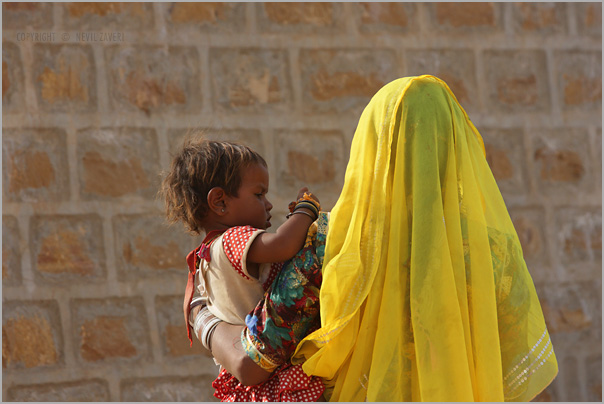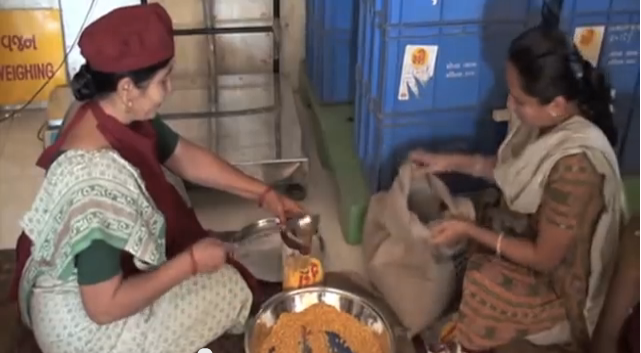Sterilization or Safety? Family Planning Measures Lead to Death of 11 Women

Eleven women have died and over a dozen more are still in critical condition after being sterilized in a district hospital in Bilaspur, Chhattisgarh this week. Over 80 women were operated on for tubectomy on Sunday, and dozens were admitted later that evening upon becoming ill.
Doctors have rushed to Chhattisgarh to help see to the patients, with most of the causes of death so far being blood poisoning or hemorrhagic shock, due to medical negligence. The doctor who performed the sterilizations, Dr. R.K. Gupta, has been arrested.
Post mortem reports for the first few deaths were released Friday morning indicating reason of death to either be tainted medication or unsanitary conditions of the medical facilities within the sterilization camps.
 Family Planning
Family Planning
Since independence a little over half a century ago, India has added more than 900 million in population, and now stands as the second most populous nation in the world. India is expected to hit 1.5 billion by 2045.
Since the 1970s India has been implementing family planning measures, including monetary incentives for both men and women to be sterilized.
Dr. Puneet Bedi, gynaecologist in Delhi says India has “an obsession” with family planning. “We blame all our problems on population control, so we do these sterilisation camps. But because our public health services are poor, safety measures get bypassed.”
The incentives for sterilization have proven especially tempting for women. In India, it is estimated that 37% of women get sterilized, compared to less than 5% of men.
In Chhattisgarh, the women were paid 1,400 rupees to become sterilized. In many other countries monetary incentives for sterilizations are illegal, but in India they are widely prevalent. In 2011, Rajasthan even offered prizes such as motorcycles, television sets, food blenders and Tata Nano cars for sterilized patients.
Reaction
Since the women passed away this week, there has been an uproar in regards to the medical conditions of these camps as well as India’s family planning policies. The most pressure has been from Human Rights Watch and other NGOs to provide clean and equipped facilities.
“This is devastating news and this is certainly shocking to hear, but we cannot say we are totally surprised by this,” said Kerry McBroom of the Reproductive Rights Initiative at the Human Rights Law Network in Delhi. “It was almost inevitable, given the unsafe, unethical and unhygienic conditions that persist throughout India in these camps.”
International organizations that inspected the camps found that there was a lack even of supplies. “You might find that there is no electricity, there is no running water, there is not enough staff in these facilities. They won’t have things like blood, in case someone hemorrhages. … they won’t have enough gloves or aprons,” McBroom pointed out.
Although the exact causes of death are still waiting to be clarified, it is clear that India needs to address the state of its medical facilities before it encourages people to seek medical treatment. Even though tubectomy is classified as a minor surgery, it clearly has drastic effects in a country that may not be fully prepared to support it.
Family planning and stabilizing population growth is an important goal for India in the upcoming years, but as many have pointed out, focusing on forms of contraception is definitely a safer choice while the situation of medical facilities is being addressed. Monetary incentives are clearly powerful tools in curbing the Indian population, but it can never be used at the expense of women’s lives.
[Image Attribute: Flickr User: nevilzaveri]



